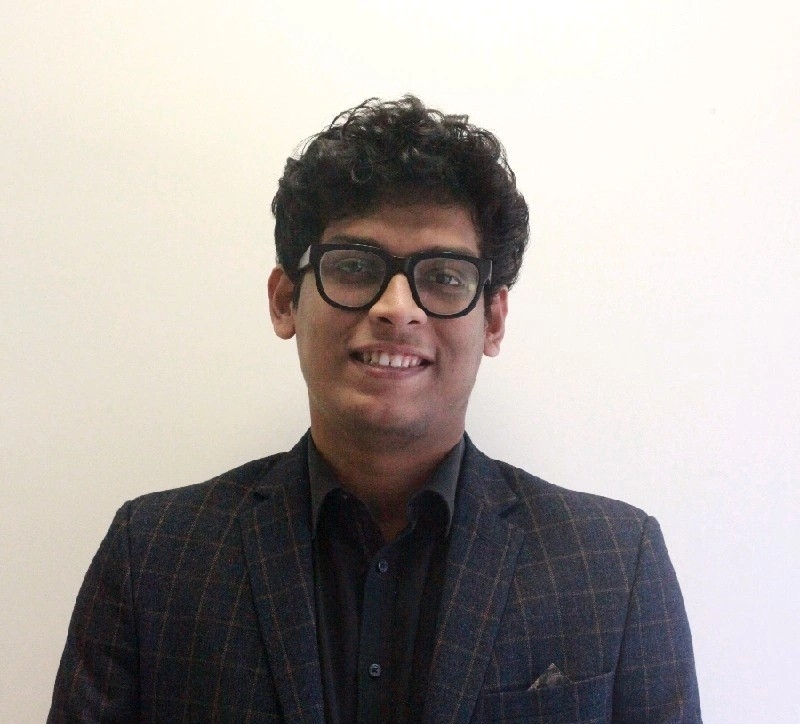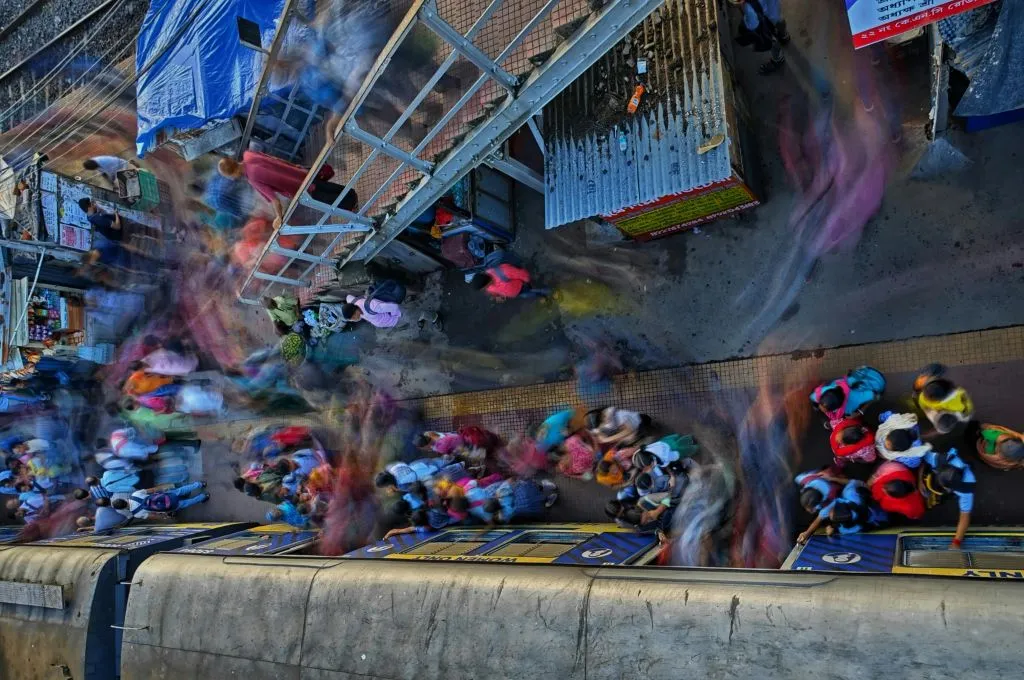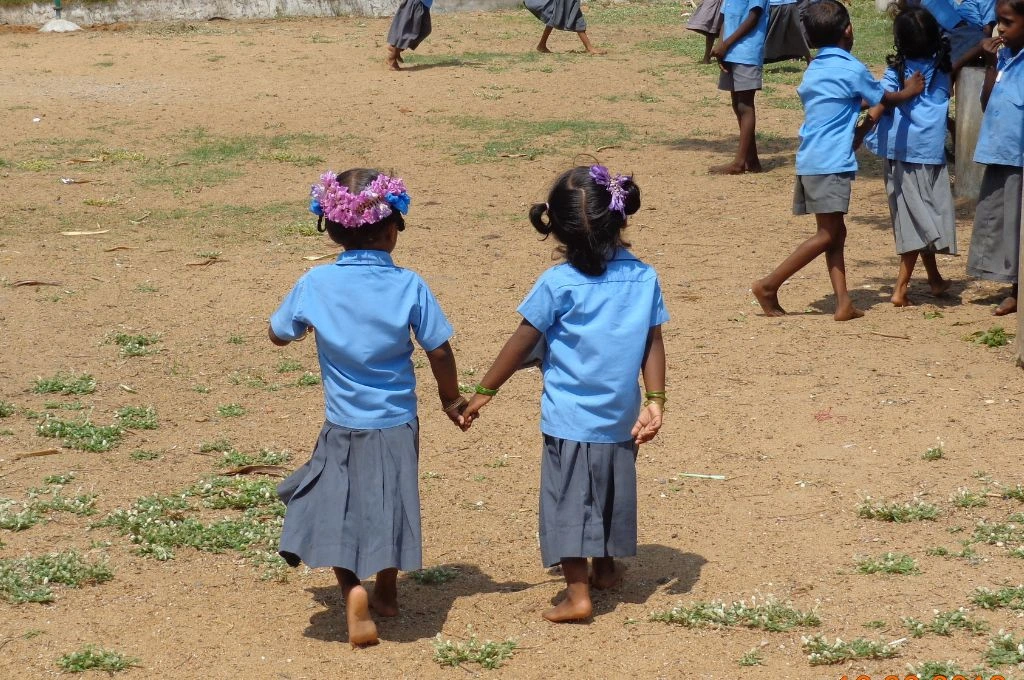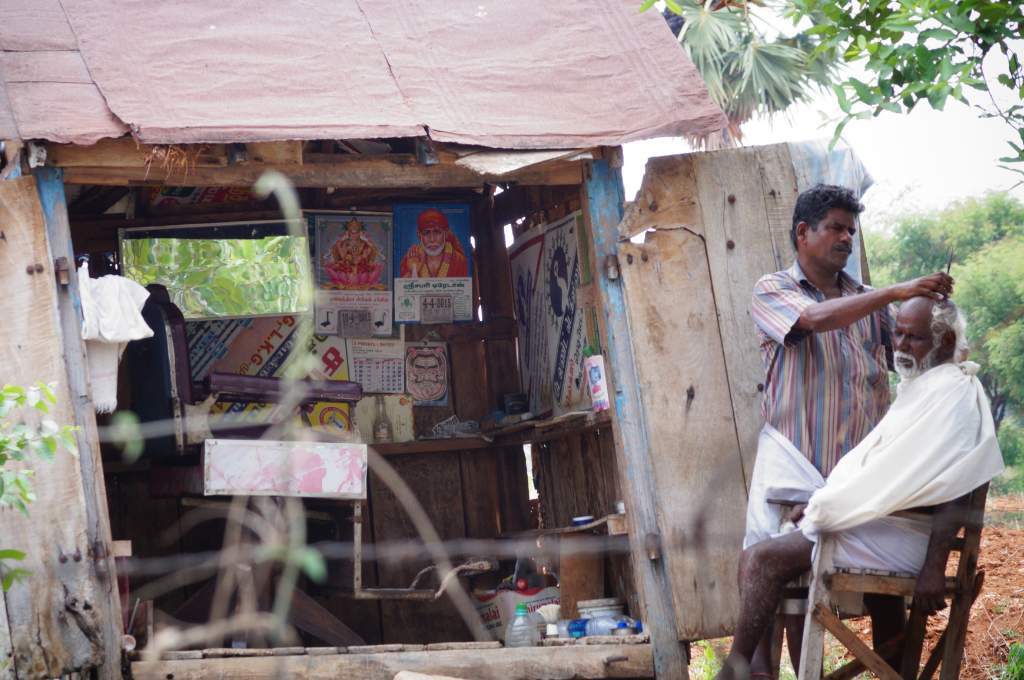The year 2025 marks 10 years of the Digital India programme, which aims to transform India into a digital-first economy by promoting innovation, entrepreneurship, and good governance. Enhancing the access and ability of Indians to utilise digital technologies is central to the achievement of these goals.
A key success during this time has been the large and rapid expansion in mobile phone and internet access in India. According to the 71st round of the National Sample Survey (NSS) conducted in 2014, only 27 percent of Indian households had access to the internet. As per the Comprehensive Annual Modular Survey (CAMS) 2022–23, conducted as part of the 79th round of the NSS, this number has more than tripled, with 76 percent of households reporting that they have internet access.
However, the survey also reveals that despite increased mobile phone and internet access, there remains a deep digital divide within the country. There is a substantial body of literature on the extent and implications of the digital divide between men and women in India. Our article focuses on the cross-caste digital divide. Like gender, caste is a fundamental dimension of social hierarchy that determines who has access to technology and the ability to develop digital skills.
Caste determines who has access to the internet, and who does not
Both men and women from the Scheduled Castes (SC), Scheduled Tribes (ST), and Other Backward Classes (OBC) face substantial barriers in accessing digital technologies compared to other caste groups. This divide is largely attributed to historical socio-economic deprivation, with educational attainment and income levels being major contributing factors. The lack of access to information and communication technology (ICT) assets—such as smartphones, computers, tablets, and reliable internet connections—among marginalised caste and income groups further exacerbates their marginalisation, as these technologies are crucial for participating in modern economic and social activities. Here’s what this disparity looks like:
1. Access to internet
The CAMS shows that in 2023, 71 percent of rural households and 87 percent of urban households had internet access. However, the share of dominant caste households with internet access is significantly higher compared to SC, ST or OBC households. This disparity exists in both rural and urban areas but is more pronounced in the latter, as shown in figure 1. While 92 percent of dominant caste urban households (represented in the graph as ‘others’) reported having access to the internet, only 71 percent of ST households did so.
Large disparities in internet access impact nearly every aspect of the public and private lives of individuals from SC and ST backgrounds, from communication and community-building to accessing relevant digital skills and employment opportunities. At a time when an increasing number of welfare schemes require online registration or verification, marginalised caste individuals in households without internet access also risk being excluded from schemes created for their benefit. Thus, the disparities in internet access risk amplifying existing inequalities as individuals with socio-economic advantage gain more benefits from technology while the disadvantaged fall further behind.
Interestingly, in 2023, SC households reported similar levels of internet access as ST households in rural settings (66 percent versus 64 percent). However, the gap increased significantly in urban settings (80 percent versus 71 percent). Except for ST households, the gap in internet access between urban and rural households was in double digits across all groups. This suggests that despite India’s low data costs, ST households continue to face significant structural barriers to internet access—both in urban and rural settings.
However, between 2020–21 and 2022–23, there was a sharp rise in the proportion of households with internet access (figure 1). While there exists substantial cross-caste inequality in the access to the internet, it seems to be decreasing. Much of this sharp expansion was driven by rural households across caste groups. During this period, internet access more than doubled for rural SC and OBC households, and more than tripled for rural ST households. In the urban sector, the sharpest rise was experienced by SC households.
2. Access to mobile phones
A similar cross-caste disparity is observed in the ownership and use of mobile phones, the device most frequently used to access the internet in India. Our analysis shows that while 85 percent of those aged 15 and above (hereafter referred to as adults) used mobile phones in 2023, only 38 percent had a phone for their exclusive use. Approximately half—47 percent—used a shared phone. However, these figures vary widely across caste groups, as shown in figure 2.
Approximately one-fourth of all ST adults do not use a phone at all, while nearly half use a shared phone. Fewer than one-third of SC and ST adults have access to an exclusive-use phone while approximately half of all dominant caste adults do so. In fact, dominant caste adults are the only group where exclusive phone use is more common than shared phone use. Large caste disparities in exclusive phone use have significant consequences. Exclusive phone ownership enables adults, youth, and adolescents to create their own personal digital spaces, allowing them to communicate, consume entertainment, and develop digital and educational skills at will and without requiring necessary approval from family members.
Like the trends in household access to the internet, cross-caste disparity in access to mobile phones is also decreasing. According to the Multiple Indicator Survey, in 2020–21, a staggering 44 percent of ST adults and 33 percent of SC adults had no phone access at all, while only 22 percent dominant caste adults did not. As of 2022–23, the percentage of ST adults who do not use a phone has dropped by 20 percentage points—the sharpest improvement among all groups. Similarly, the proportion of SC and ST adults having access to a shared use phone increased by 11 percentage points between 2020–21 and 2022–23.
The reduction in cross-caste disparities in access to the internet at the household level and access to mobile phones at the individual level is driven by sharp increases in mobile phone ownership in rural India and among school students. Our analysis reveals that between 2020–21 and 2022–23, mobile phone usage increased most rapidly for the 11–17 age group (corresponding to students enrolled in secondary and senior secondary education). In 2020–21, only 29 percent of those in this group used phones. By 2022–23, this number had grown to 81 percent. Other nationally representative surveys, such as the Annual Status of Education Report (ASER), also highlight the sharp rise in internet and mobile phone access among rural households and school-going teenagers during the COVID-19 years.
Who gets to use digital services in India?
A significant consequence of unequal access to mobile phones and the internet is the gap in digital skill development between dominant and marginalised caste groups.
The CAMS 2022–23 asked respondents about their ability to perform thirteen digital tasks, ranging from elementary skills, such as sending messages or emails and connecting devices, to advanced, employment-enhancing ones, such as the ability to create presentations or writing computer code. The ability of adults to execute each of these skills across caste groups is shown in figure 3.
Cross-caste disparities are relatively small for more basic digital skills, such as the ability to send text messages or using copy and paste functionalities, across both rural and urban sectors. However, for more advanced and potentially employment-enhancing skills—such as being able to write computer code, create presentations, or use spreadsheets—the gap between dominant and marginalised groups increases significantly. This is a direct result of the disparity in exclusive phone use between caste groups.
While one in four dominant caste adults in urban settings can use spreadsheets, only one in nine SC adults can. Similarly, dominant caste adults in urban settings are twice as likely as SC and ST groups to be able to create digital presentations. Although few adults across caste group can write computer code, almost all (89 percent) of those who can code are dominant caste or OBC adults. Similarly, dominant caste adults were only a quarter of the overall sample of the CAMS, but they constituted approximately half of all adults who had the ability to write computer code. Such disproportionality means that most high-tech sectors become overwhelmingly homogenous in their caste composition. This excludes SCs, STs, and OBCs from elite networks needed for employment and education in these high-value sectors.
Figure 4 shows the share of youth across caste groups who possess at least one of the three advanced digital skills—using spreadsheets, creating presentations, and writing code.
In the 15–29 age group, dominant caste youth are three times as likely to possess at least one of the three digital skills. Although the cross-caste digital divide among the youth is not as wide, it still persists and is narrowing at an extremely slow pace. As a result, the opportunities presented by the digital economy continue to be monopolised by a small section of dominant caste adults, perpetuating the cycles of exclusion and inequity. Therefore, any serious policy intervention aimed at expanding the digital economy must reckon with the fundamental inequities birthed by caste.
How can India bridge its digital divide?
For initiatives such as the Digital India programme to be successful, inclusivity is essential. In trying to address the cross-caste digital divide, India can learn from the successes and failures of other countries that have also tried to address their socio-economic and ethnic digital divides.
New Zealand has recognised and worked towards bridging the ethnic digital divide disadvantaging the Māori community by co-designing digital inclusion policies with them. This approach prioritises cultural context, lived experience, and local needs rather than imposing top-down, one-size-fits-all policies.
A study on Mexico’s failures in addressing the ethnic digital divide reveals that the country focused more on supply-side improvements in digital access through infrastructure development and privatisation, but neglected existing socio-cultural barriers in accessing digital technologies. This shows that for any policy to be effective, it is critical to consider how people adopt and use technology through the lens of social capital—including their social networks, local needs, cultural contexts, and existing marginalisations.
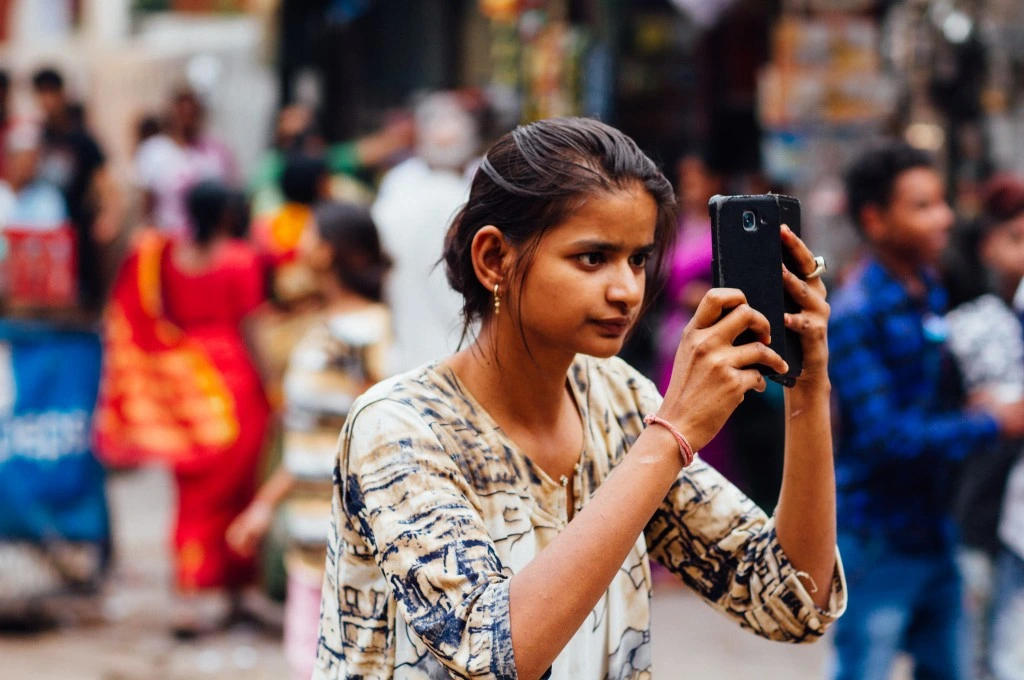
Brazil tackles inequalities in digital access by taxing telecom companies and pooling the revenue to fight digital inequity. This fund is used exclusively to expand digital infrastructure and services in underserved and marginalised areas and communities. By aligning financial mechanisms with social objectives, this strategy has proven effective in closing the divide, particularly among low-income and remote communities.
All these cases point toward one fundamental principle—redressing historical exclusion requires differential treatment through targeted and specific interventions, not a uniform approach that assumes equal starting points. In India, this means adopting a caste-conscious approach to formulating digital inclusion policies.
While sample surveys such as the CAMS provide extremely useful data, they do so only for the four administrative caste groups—SC, ST, OBC, and others. This does not allow policymakers to identify disparities among the thousands of sub-castes within SC, ST, and OBC groups, and how these differ across districts and states. A caste census (such as the one recently announced by the Union Government) that collects data on internet access, digital skills and barriers inhibiting digital literacy among various castes, could help design region-specific and targeted policies. Without a caste-conscious approach, the digital divide risks becoming a digital wall, further marginalising communities that have historically been denied access to resources, rights, and representation.
The views expressed in the article are the authors’ own, and do not represent those of Sambodhi Research and Communications.
—


